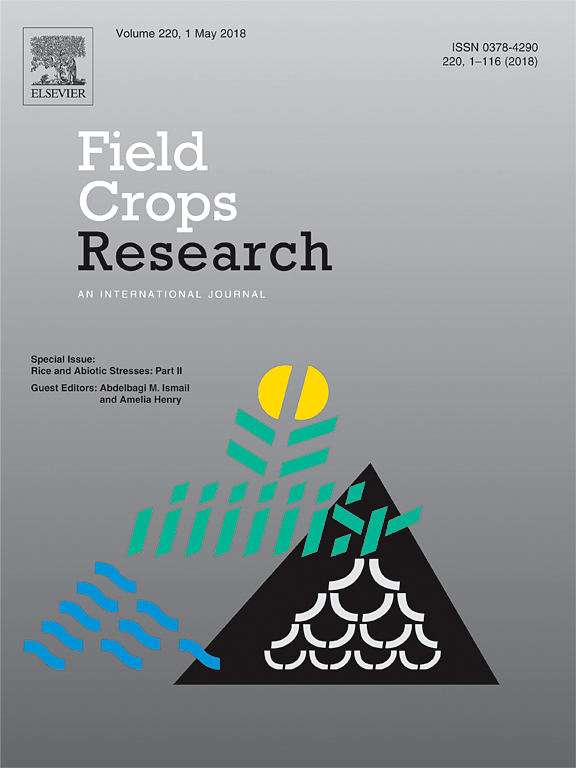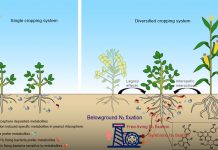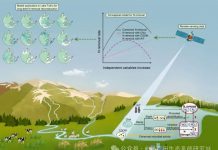Zhang XF, Zhu AN, Xin XL, Yang WL, Zhang JB, Ding SJ. Tillage and residue management for long-term wheat-maize cropping in the North China Plain: I. Crop yield and integrated soil fertility index. Field Crops Research, 2018, 221: 157-165
Abstract
Conservation tillage has been gaining increasing recognition for its role in improving soil quality and maintaining agricultural sustainability. This is the first in a series of papers describing the impacts of reduced/no-tillage with and without residue based on the field experiment in the North China Plain. The experiment was established in 2006 on a sandy loam soil and involved a winter wheat-summer maize rotation system per year. The objective of this study was to investigate the impacts of different conservation tillage systems on crop yield and soil fertility that was quantified by a minimum data set and integrated index. Soil samples were collected since 2011, and the stocks of soil organic matter (SOM), total nitrogen (TN), alkali-hydrolyzale nitrogen (AN), total phosphorus (TP), available phosphorus (AP), total potassium (TK) and available potassium (AK) were measured for each year as well as soil aggregates were fractionated for 2016. Compared to continuous tillage, the reduced/no-tillage, regardless of residue, significantly increased the macroaggregate mass and soil nutrient stocks at the 0–10 cm depth, while further improvements in these soil attributes apart from TK were observed at the 0–10 and 10–20 cm depths for residue returning relative to residue removing. The accumulations of soil nutrients were closely related to soil macroaggregation. The path analysis revealed that TN was the most important soil attribute to directly determine wheat and maize yields while other soil attributes apart for TK primarily made indirect contributions to the yields. The first two factors extracted using 8 soil attributes through factor analysis were selected as the integrated indicators for the minimum data set, and their integrated score was calculated to quantify soil fertility. It was found that reduced/no-tillage did not improved soil fertility at the 0–20 cm depth. Consequently, an average 6.9% decrease in wheat yield across all years was observed under no-tillage while reduced tillage only increased the yield in the first two years in a periodic reduced tillage event. No significant difference was observed for the mean maize yield among the three tillage regimes averaged across all years and residue managements. Wheat and maize yields were significantly correlated with the integrated score for soil fertility, and thus significant increases in grain yields of wheat and maize were observed for residue returning. It can be concluded that grain yields of wheat and maize within a given residue management practice were not significantly higher for reduced/no-tillage than continuous tillage, regardless of the effects of tillage on aggregates and soil nutrients.








